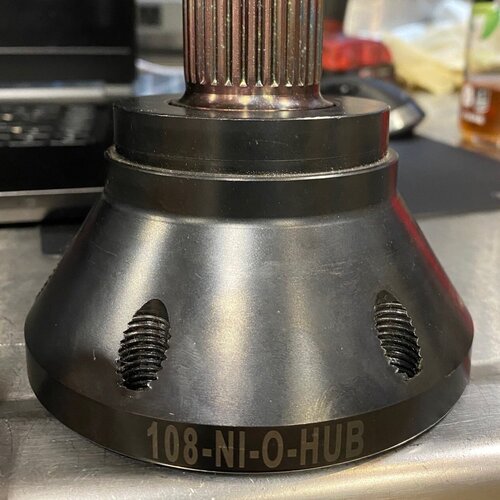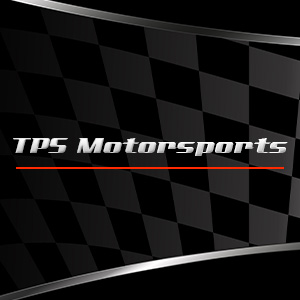Scott
Lifetime Supporter
The screws holding the rear ball joints in place are too long, something that’s bothered me since the car was delivered. I thought I’d replace them with shorter ones. That shouldn’t take long, right?
I needed to use a hammer to tap one of the screws out which created some aluminum shavings. The same screw on the other side had the same problem. I carefully looked at the screws and they both had a slight bend to them. WTF? Grade 8 screws don’t bend easily.

The screws are 3/8” too long and the hole in the front is a problem
The underlying issue is that the large fillet machined into the control arm doesn’t properly support the washer. When the factory tightened the nuts with an impact gun the washer slid towards the fillet, tilted and pulled the screw sideways. While this isn’t a big deal it deforms the screw, deforms the hole and exerts a shear force on the other screws.
In the picture above the hole doesn’t appear deformed, but in the picture below the screw’s threads have clearly been embossed into the side of the hole. The reason for this is that the screw was pulled towards the fillet as the nut was tightened.

The side of the hole facing the fillet has been embossed with the screw’s threads
I addressed this by using a 11/16” end mill to machine a 0.130” deep flat recess. While the other screws have 5/16” washers, I used an M8 washer for the recess because it has a slightly smaller OD. Because I had to remove/reinstall the control arms, fixture everything, locate the holes, etc. this took me hours to do and it’s something that Superlite could have machined in seconds. I can now sleep better tonight LOL

Recess machined and M8 washer in place
I needed to use a hammer to tap one of the screws out which created some aluminum shavings. The same screw on the other side had the same problem. I carefully looked at the screws and they both had a slight bend to them. WTF? Grade 8 screws don’t bend easily.
The screws are 3/8” too long and the hole in the front is a problem
The underlying issue is that the large fillet machined into the control arm doesn’t properly support the washer. When the factory tightened the nuts with an impact gun the washer slid towards the fillet, tilted and pulled the screw sideways. While this isn’t a big deal it deforms the screw, deforms the hole and exerts a shear force on the other screws.
In the picture above the hole doesn’t appear deformed, but in the picture below the screw’s threads have clearly been embossed into the side of the hole. The reason for this is that the screw was pulled towards the fillet as the nut was tightened.
The side of the hole facing the fillet has been embossed with the screw’s threads
I addressed this by using a 11/16” end mill to machine a 0.130” deep flat recess. While the other screws have 5/16” washers, I used an M8 washer for the recess because it has a slightly smaller OD. Because I had to remove/reinstall the control arms, fixture everything, locate the holes, etc. this took me hours to do and it’s something that Superlite could have machined in seconds. I can now sleep better tonight LOL
Recess machined and M8 washer in place


